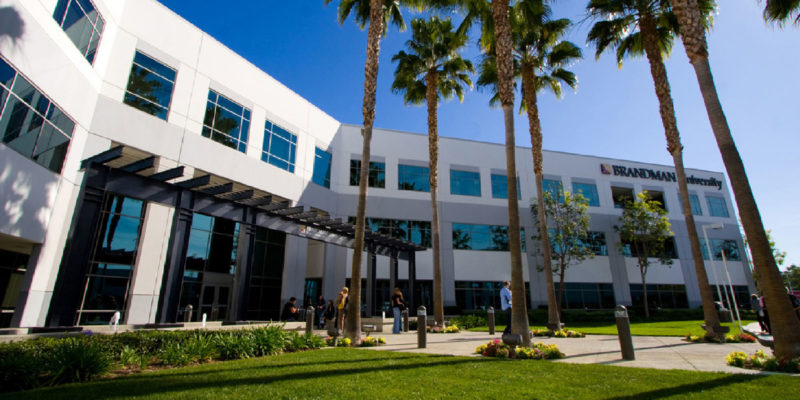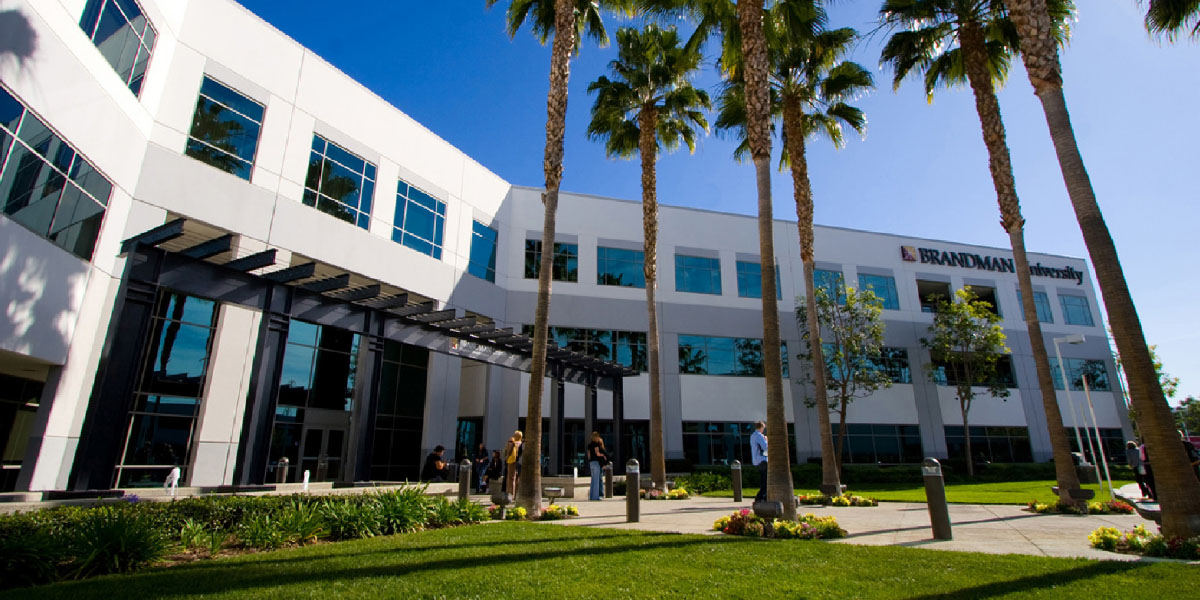With more than 25 campuses in California, Washington, and online, Brandman University serves 12,000 adult learners through blended and online undergraduate, graduate, and certificate programs. Originally a unit within Chapman University, Brandman—headquartered in Irvine, Calif. —was spun off a few years ago as a separately incorporated and accredited nonprofit institution. At first, Brandman purchased most services—including the management of student accounts—from Chapman, its parent institution, but eventually moved to stand-alone operations.
“In transferring the accounts receivable from one institution to another, some accounts got old—and they aged even more during our conversion to a new enterprise resource planning (ERP) system,” says Phillip Doolittle, Brandman’s executive vice chancellor for finance and administration, and chief financial officer. “We saw issues that needed to be addressed as well as an opportunity to be creative, to make the new system more effective.”
Brandman now has a student accounts receivable (SAR) management and control system that tracks key performance indicators; offers easy-to-use, real-time analytical tools; automates a multitude of mass entries into its ERP system; and enables easy historical comparison analytics. The multiphase initiative, which received a 2017 NACUBO Innovation Award, took about three years to fully implement and has had a profound effect on the university’s bottom line.
A Phased Approach
We began by digging into the data to better understand the areas that define the overall health of our accounts receivable. Each area, on its own, isn’t enough to tell us how well we’re doing; taken together, however, they help us attain the full picture.
- We selected several key metrics to measure, monitor, and compare to historical data. Primary indicators include the percentage and amount of uncollected balances at the end of each trimester, plus tracking these respective balances as they transition into both internal and external collections. An analysis of these uncollected balances is performed to determine if further policy and procedural changes may further reduce future occurrences.
We also pay attention to the length of time it takes us to get paid with cash, check, or credit card, so that we can maintain a healthy cash flow. In addition, we look at each campus’s ownership of both revenue and the uncollected amount. If, for instance, one campus brings in 10 percent of potential revenue to the system but has an uncollected balance of more than 10 percent, something isn’t right.
- We developed and programmed an SAR dashboard. The dashboard displays the performance indicators by each campus, each region, and for the entire institution overall. The biggest challenge came in identifying and extracting the most meaningful information from Brandman’s ERP system (Ellucian/Banner) and then automatically integrating it into the dashboard.
- Finally, we built a fully automated collections function. After considering ERP customization and third-party solutions, we built our own system.
Valuable Automated Systems
As testing of the dashboard began, the new performance metrics being reported caught some administrators by surprise. They immediately saw areas in which individual campuses could perform better—such as collecting more than 94 percent of outstanding amounts and exercising better control over contracts with third parties that sometimes neglected to pay us. Now the institutional stakeholders, including the executive vice chancellor for enrollment and regional campus directors, find the real-time dashboard so valuable and easy to use that they check the institution’s financial performance daily. They also meet monthly with the controller and the director of student accounts to review the data, discuss why specific balances remain uncollected, and refine and leverage the dashboard data.

The automated collections functionality took about 18 months to build. Because customizing our ERP system using third-party vendors proved cost prohibitive, we built our own system for collecting past-due accounts. We used our Evisions Argos enterprise reporting software to build an automated system fully integrated with multiple modules within our ERP system, including student records, accounts receivable, and financial aid. It allows real-time monitoring, maintenance, and posting of mass transactional entries and comments into our ERP system, along with auto-generating mass communications to students in collections, with little to no staff effort required.
In Good Health
The majority of development and design for this project was handled by an internal team as part of its regular responsibilities. Expenses for the entire project totaled $34,000, primarily the cost of outsourced programming assistance. Here’s how Brandman has benefited:
- SAR balances more than 210 days old decreased from $4.5 million before implementation to $392,000 afterward.
- The university now collects 99 percent of its total gross student charges (99.6 percent after internal and external collections).
- Student payments arrive earlier; on average, the number of days for receiving a student payment has decreased from 74 days to 24 days.
- Student payments that arrive before the due date have increased from 58 percent to 80 percent. This has dramatically decreased the amount of staff time needed for follow-up communications.
- More students are opting to receive their refunds via direct deposit, rather than paper checks, which results in significant cost and staff time savings. Automated clearinghouse participation has increased from 51 percent to 81 percent.
These results translate into higher cash balances and lower bad debt expenses—in other words, better financial health for the institution. The emphasis on performance metrics also prompted us to make operational changes that we now consider best practices. These include electronic acceptance of financial responsibility agreements; renegotiation of contracts with collection agencies; proactive fee assessment; SAR data integrity checks; adoption of a 98 percent receivables collection goal for each campus; and participation in California’s tax-intercept program as our last line of defense in collecting receivables.
While maintaining Brandman’s standing policies and timelines related to collections and write-offs, we really wanted to prevent most balances from happening in the first place. That intent led to a key policy change, made with the support of the executive vice chancellor for enrollment, which prevents students from enrolling in additional sessions at any Brandman campus while carrying a balance. (This policy applies to students who do not have verified funding or financial aid for the next trimester or session.)
“First and foremost, we are helping students,” Doolittle explains. “It’s not in students’ best interests to generate high student account balances that they will have to deal with at some point. Addressing the payment issue upfront avoids difficulty and anxiety for the students and the institution.”
Rather than hurting enrollment, the change has been well-received throughout Brandman because it has improved the student experience. Not only are more students paying—and paying faster—but student retention numbers have improved as well.
SUBMITTED BY Doug Renner, controller, and Ilia Moldavski, director of student accounts, Brandman University, Irvine, Calif.



